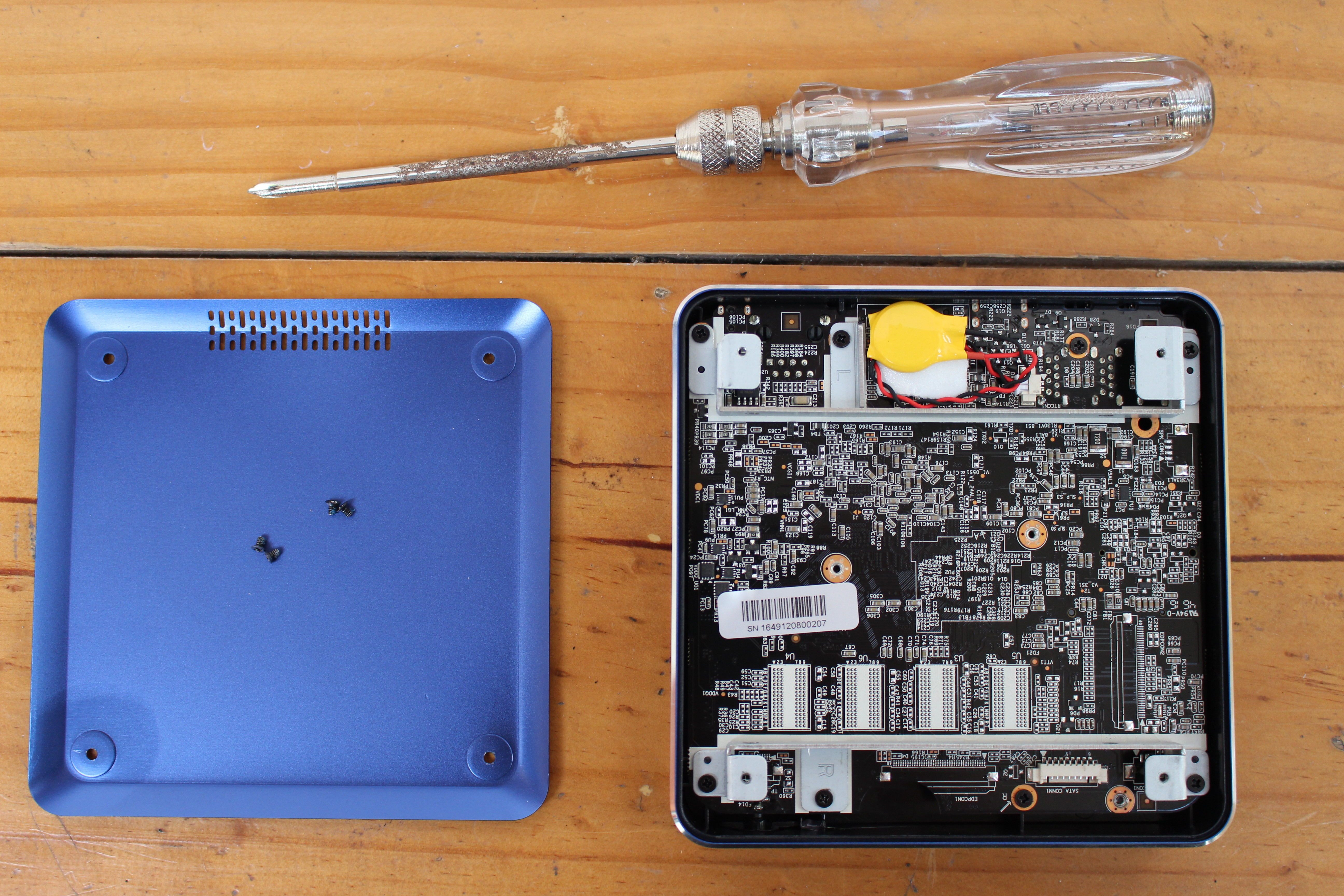
Mini vmac boot disk mac os x#
On Mac OS X you’d put the minivmac application in the Applications directory, along with the ROM file. I generally work on a Linux machine so I built some executables for Linux. Once you have an executable and a ROM, place them in the same directory and start the executable. Download Old_World_Mac_Roms (49MB) from the All Macintosh Roms page at the Macintosh Repository.Download Macintosh ROMs (5.6MB) from Macintosh-ROMs on github.
Mini vmac boot disk archive#

Rather than me reiterate the voluminous documentation that Mini vMac’s author has accomplished, you can find Mini vMac resources directly from the source: I’ve summarised the ROM files required for each model below: Model The Mini vMac project hosts a Mac68k page listing all the Macintosh models and their corresponding ROM file names. you must have the right ROM for the Mac model you’re emulating, and it must be named correctly (see table below)įortunately, if Mini vMac starts up and can’t find the ROM file the error message will tell you the name of the ROM file it’s expecting.the Mini vMac executable and the Mac ROM file must both be in the same directory.a ROM (Read-Only Memory) file corresponding to the specific Macintosh model you are emulating.a customised executable (or “binary”) of the Mini vMac application, usually named “minivmac”, and.In order to open a Macintosh Virtual Machine (i.e., an application that emulates an early Macintosh), you’ll need It also had 128K of ROM (Read Only Memory) that contained all the core software that made it a Macintosh. That original Mac Plus had a whopping 1MB of RAM (Random Access Memory), upgradable to 4MB.
Mini vmac boot disk how to#
I’ll describe below how to do this using the Mini vMac emulator, created as part of Paul C. Okay, I assume you’re reading this because you have some interest in emulating a vintage Mac on your own computer. In fact, the emulator has to deliberately delay execution of machine instructions to run slow enough not to alter the behaviour of the emulated Mac. Point is, it’s not remotely taxing a contemporary computer (even a tiny computer like a Raspberry Pi) to emulate a vintage Macintosh. My HP laptop has an 8 processor 1.8 GHz Intel i7 CPU running at around 54 BIPS (maxes out at 61 BIPS). That almost sounds fast until you compare it to my 7 year old iPhone 5, which runs at 20,000 MIPS or 20 Billion Instructions Per Second.

Released in 1986, the original Macintosh Plus could execute 700,000 instructions per second, or 0.7 MIPS (Million Instructions Per Second). ( 1 | 2 | 3 | Vintage Macintosh Resources ) This article is the third in a multi-part series related to the vintage Macintosh computers of the late 1980s, and why old software needn’t die, even if it is abandoned by its creators.


 0 kommentar(er)
0 kommentar(er)
